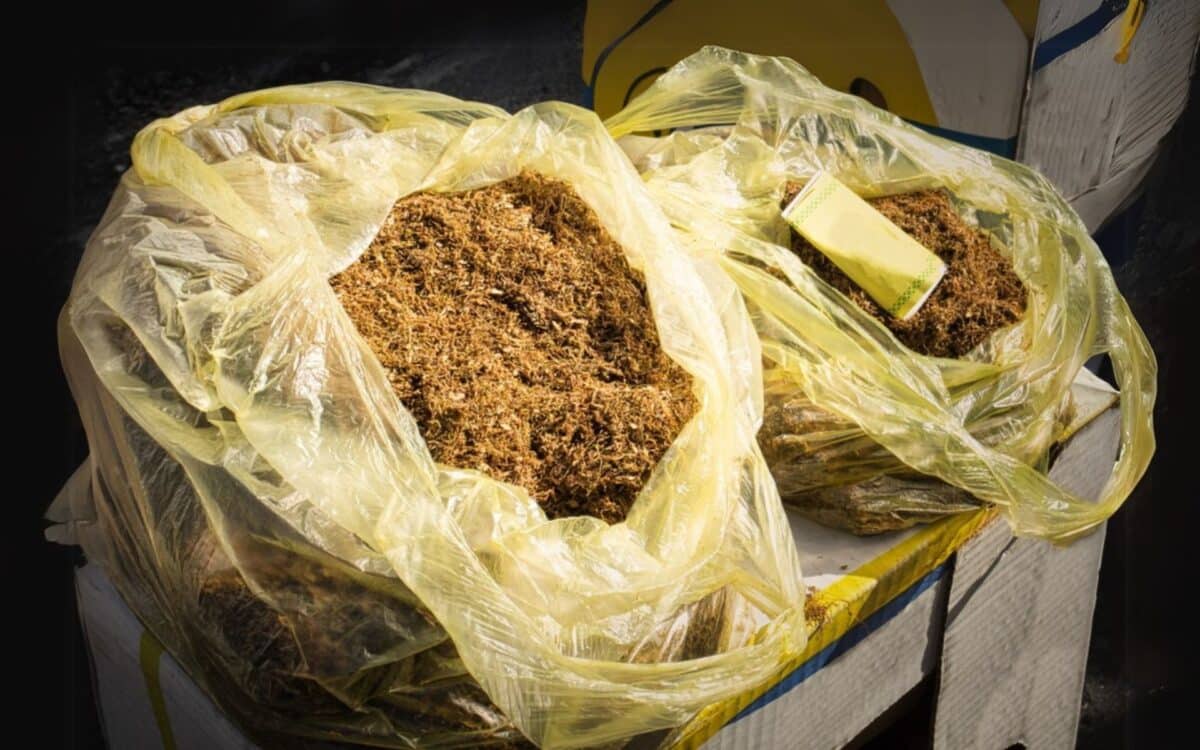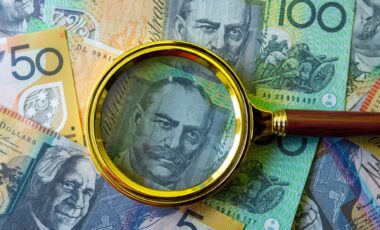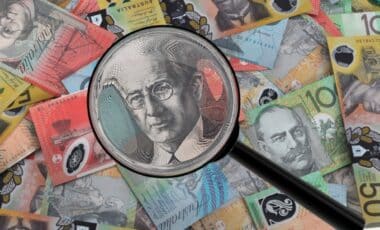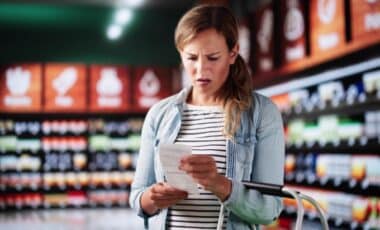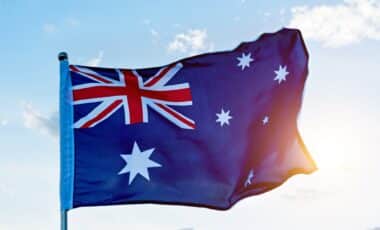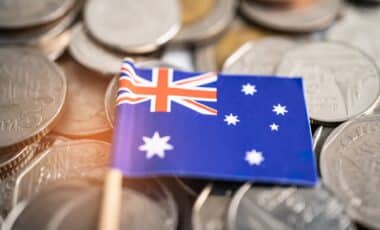The Australian government is facing an unexpected shortfall linked to tobacco taxation, with new figures prompting concern over changing consumer habits and enforcement challenges.
According to ABC News, a combination of illicit trade and alternative nicotine products is reshaping the fiscal landscape. While authorities have outlined a response, the implications stretch beyond lost revenue.
Treasury Lowers Tobacco Revenue Forecasts
The federal government has cut its tobacco excise revenue forecast by $6.9 billion between now and 2029, marking a significant fiscal adjustment driven by the sharp decline in sales of legal cigarettes.
For the 2025–26 financial year, the Treasury originally projected $11.5 billion in tobacco tax revenue. That figure has now been revised down to just over $7 billion, reflecting a $4.5 billion reduction in expectations within a single year.
In previous updates, forecasts were already trending downward : the 2023 budget removed $12.5 billion over five years, and the 2024 mid-year update slashed another $10.7 billion across four years.
Treasurer Jim Chalmers acknowledged the extent of the problem.
There is a big hit to tobacco excise, and there is no use pretending otherwise – he said.
Illegal Tobacco Market Expands Rapidly
The drop in legal tobacco sales is not primarily due to falling smoking rates but instead to a growing black market for untaxed cigarettes and vapes.
These products are imported illegally and bypass the excise, which currently adds around $35 per pack of 25 cigarettes. With this tax absent, illegal products offer a significantly cheaper option for consumers.
Treasury officials cite this shift as the leading factor in revenue loss. The attractiveness of illicit tobacco has been amplified by the gradual rise in tobacco excise over recent years, which, while designed to reduce smoking, has unintentionally boosted demand for smuggled alternatives.
There are two reasons that tobacco excise comes off. One of them is a really good reason and one is a really bad reason – said Chalmers.
More people giving up is a good thing.
More people avoiding it is a bad thing, and that’s why we’re investing in compliance and enforcement to try and turn that around.
New Funding to Strengthen Enforcement
In response, the federal government is deploying more than $250 million to tackle the surge in illegal tobacco and vaping products. The budget allocates :
- $157 million over two years to strengthen the capabilities of police and customs in intercepting illicit goods
- $50 million for the Australian Federal Police (AFP) to disrupt organized crime groups
- $40 million for state and territory governments to support local enforcement efforts
- $7 million to develop new technologies and systems for identifying smuggled tobacco at the border
We’re certainly providing the resources that we can to try and turn this around – Chalmers said.
We’re obviously aware that there is an issue here. It’s a big hit in the budget. But it would be worse than what we are budgeting for, were we not investing further resources in enforcing the law.
Fiscal and Policy Implications
The reliance on tobacco excise as a stable source of federal revenue is now being tested. While public health efforts have successfully driven down smoking rates over the years, the emergence of a large-scale black market complicates both tax policy and health objectives.
Each illegal cigarette pack sold deprives the government of $35 in excise revenue. With sales of these products expanding “in recent years” alongside the rise of black market vapes, authorities face a dual challenge: preserving tax income and disrupting illicit supply chains tied to international smuggling operations.

